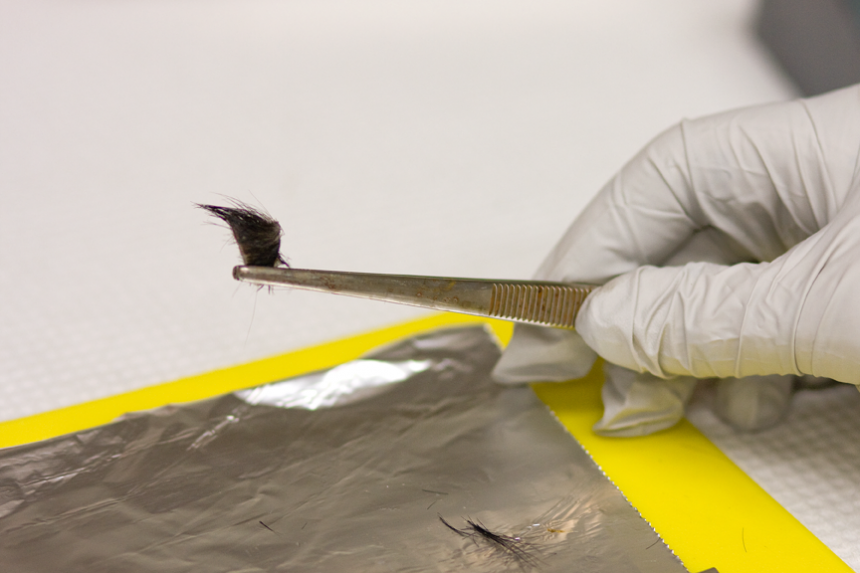
Rationale
Bovine viral diarrhea virus (BVDV) is one of the most important viral pathogens of both feedlot and dairy cattle. Depending upon the circumstances, susceptible cattle are either transiently (TI) or persistently (PI) infected. Animals that are TI shed relatively low levels of BVDV and only for a few weeks. Persistent infection is the result of in utero exposure to BVDV prior to fetal immunocompetence. A fetus exposed to BVDV before it is capable to mount an immune response will be immunotolerant to the BVDV strain it was exposed to in utero. The result of this immunotolerance is lifelong shedding of large quantities of BVDV in excretions and secretions.
Animals to be Tested
Calves: Since PI calves are the main source of BVDV transmission, it is important that they are identified as early as possible and removed from the farm. Aborted calves should also be tested.
Heifers/Cows/Bulls: Testing of cows is indicated when their calves are determined to be PI or when they have lost their calves. Purchased non-pregnant or pregnant heifers and any bulls that are purchased need to be tested.
High Volume Testing: Pooled Sample Screening and Follow-up Testing
The initial test used at the MSU VDL for BVDV screening consists of pooling samples from 12 animals and testing the pooled sample by real-time PCR. When a pool is positive, follow-up testing of those 12 samples is done by individual PCR-based testing . The turnaround time for this test is four to seven business days.
Individual Animal or Low Volume Testing
We offer the IDEXX BVDV SNAP test for this purpose. Sample collection and submission protocols are the same as for the larger volume testing. The turnaround time for this test is one business day.
Sample Collection and Handling
Details about proper sample collection, disinfection technique, storage and shipping are found in the MSU VDL test catalog. Please see Bovine Viral Diarrhea PCR – Ear Std (test code 80991).
